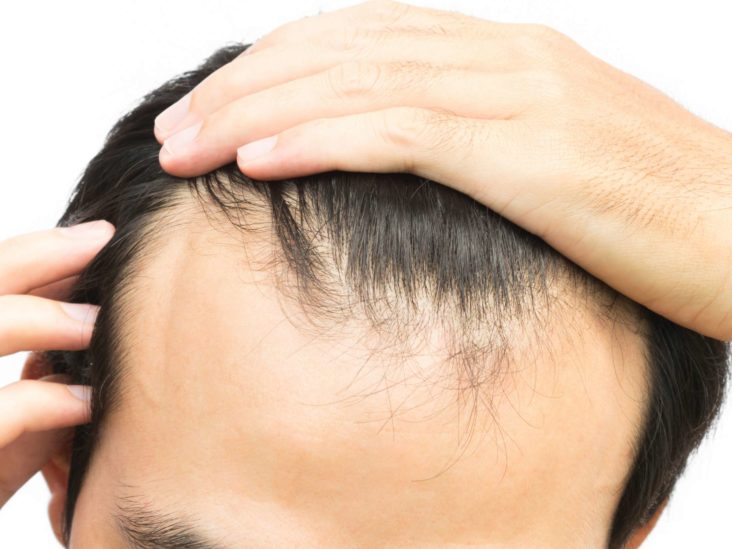People are skeptical of considering hair transplantation as a treatment option for prolonged baldness or thinning of hair. Most probably because a question keeps running in their mind, “Is hair transplantation safe? If it is, then which one is the safest to consider?”. Keep reading to get answers to these questions.
Which method of hair transplant is safe?
No matter which technique of hair transplantation you choose to undergo- Follicular Unit Transplant, Follicular Unit Extraction or Direct Hair Implantation- know that it is absolutely safe. The team of highly qualified surgeons of the American Society of Plastic Surgeons and other clinics such as Pristyn Care explains that the hair transplant procedure is absolutely safe, provided they are performed by highly experienced and skilled surgeons who are board-certified.
Moreover, if the equipment used for the procedure is up-to-date and the most advanced one, then the safety of the procedure is guaranteed. In addition to this, the whole procedure is performed under the influence of anesthesia. This means that the patient is unable to feel anything, other than a prick of the needle, throughout the whole procedure.
Another component that needs to be factored in so that the hair transplant procedure is completed safely is the patient’s health. In case the patient suffers from any underlying health condition or doesn’t take necessary precautions after the surgery, there is a possibility of any major complication occurring. To avoid any such circumstances, consulting with the hair transplant surgeon at a fully-functional facility becomes imperative.
However, hair transplantation is a surgical procedure. Hence, some mild side effects are bound to occur after the procedure. But these are common to develop and can be cured easily with medicines and pain-killers. Also, if proper post-operative instructions are in place, the safety and effectiveness of hair transplantation is ensured.
The Direct Hair Implantation is gaining popularity due to its feature of being absolutely non-invasive. There are no cuts or incisions in any way, therefore the risk of any side effects decreases considerably.
Common risks of hair transplant
The following is the list of probable complications or side-effects that one may have to face after hair transplantation. These are completely natural to occur and manageable with proper medicines and lifestyle tips.
Long term complications that occur after hair transplantation
- Dislocation of grafts- Sometimes it is possible that due to lifting heavy weights or any factor, the implanted grafts move from their place, resulting in falling out of hair follicles. Although this problem is not associated with the DHI technique.
- Curling of hair- Several people report that their hair becomes curlier after hair transplantation. Unfortunately, unless the hair cycle is completed which takes around 8-12 months, the curling may persist.
- Low skin laxity- The skin laxity takes a dip after hair transplantation. But this is a temporary problem and gets better within 6-8 months.
Short Term Risks that are common after Hair Transplant
The following side effects cure within a few weeks of the procedure.
- Bleeding from the wounds
- Shock loss in which hair falls out due to shock
- Scars near the wounds
- Infection of the wounds
- Itching
- Pain
- Scabbing
- Swelling
How to ensure the hair transplant is safe?
Both the preparation and recovery of hair transplantation are essential periods to ensure that the procedure is 100% successful and safe. Here are preparatory steps that doctors recommend to follow so that the risk of any mishaps is almost nil during the procedure.
- Prior to the procedure, do not have a haircut.
- Don’t take any aspirin or similar anti-inflammatory medications at least one or two weeks before the procedure.
- 3 days before the procedure, stop drinking any alcoholic beverages.
- Quit smoking for at least a day before the procedure.
- Do not take any anti-depressants, blood thinners and beta-blockers before the surgery.
- Massage the scalp regularly for 10-30 minutes for at least a month before the surgery.
Now that the preparation is covered, get acquainted with some of the tips to follow and avoid during the recovery period.
- For the initial 48 hours of the recovery, do not put water or wash the hair.
- Blowing drying the air during the initial 7 days of recovery is a big no-no.
- In case the wound gets infected, apply ointments as prescribed by the surgeon.
- To prevent dehydration even of the scalp, drink lots of fluids, but nothing alcoholic.
- Resume high-intensity exercises such as deadlifts, push-ups, etc. after the recovery is complete.
- While stepping out of the house, cover the head to prevent sweating and subsequent irritation of the wounds.
- Neither lift any heavy object nor load heavyweights during the initial days.
- For a couple of months, consume nutritious foods and take vitamin supplements if prescribed.
Conclusion
Hair transplantation, in general, is a safe procedure to undergo. However, out of the various methods available, the safest one is Direct Hair Implantation as it is a minimally invasive procedure. There are some additional benefits of this technique- minimal risk of complications, absolutely painless and guarantees faster recovery. In case you have any such questions that require some clarification, get in touch with an experienced hair transplant surgeon.




